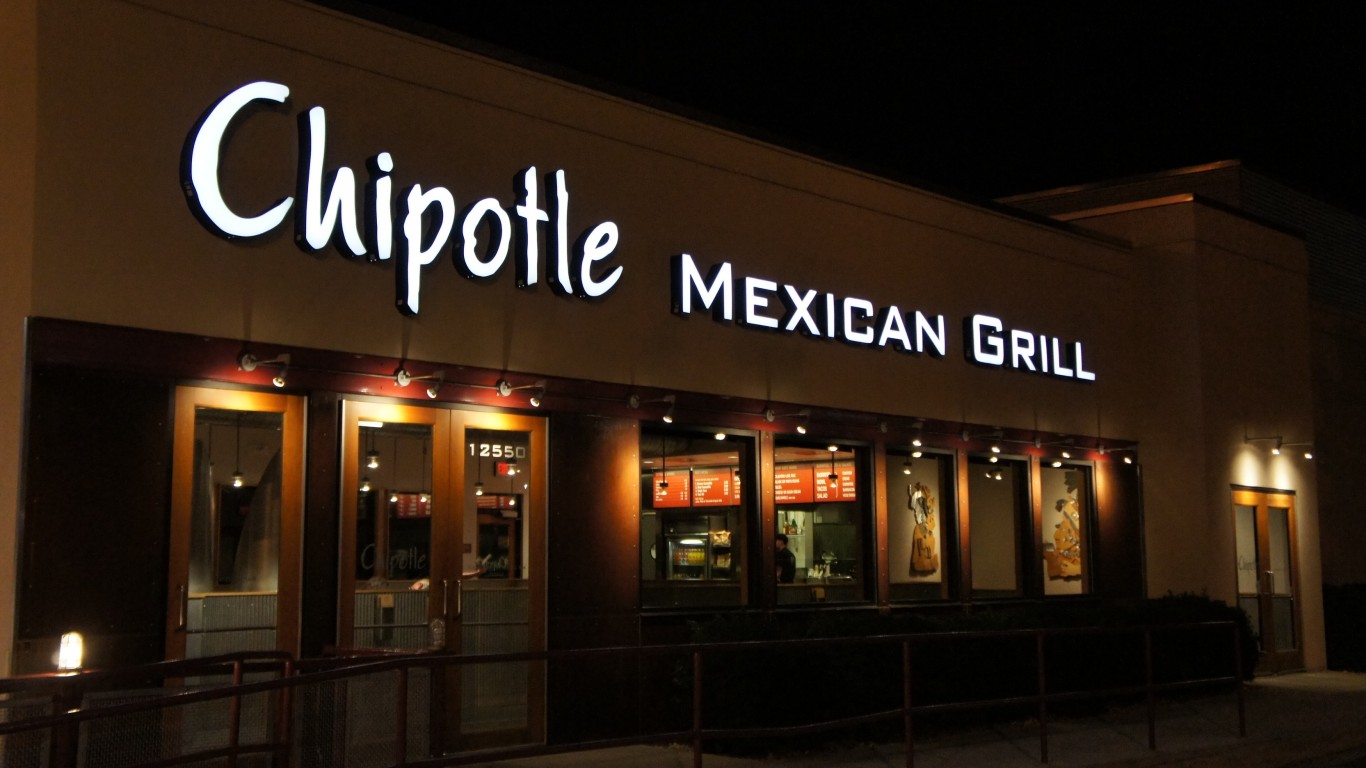
As the high-growth trade fizzles out in September, even some top-tier secular growth plays will take an outsized hit to the chin. Undoubtedly, several investment themes, including generative AI and GLP-1 (weight-loss) drugs, have helped garner enthusiasm for this multi-year market rally. Certainly, such secular trends tend to result in years (or even decades) of durable growth.
However, as investors race to punch their ticket well ahead of time, with some more than willing to pay a colossal premium, even the top stocks to play such trends can see their rallies end in a painful correction. Often, such a correction could exceed the market’s losses when the time comes for a cathartic valuation reset of names across the board.
When it comes to the GLP-1 stocks, they’re long overdue for a big bearish retreat. Notable top dogs Eli Lilly (NYSE:LLY) and Novo Nordisk (NYSE:NVO) behind such phenomenal GLP-1 offerings Ozempic (Wegovy) and Mounjaro (Zepbound), respectively, have been clear early leaders in the space.
With shares now backtracking again after experiencing some fragility in midsummer, questions linger as to what the next major move will be for the big two GLP-1 titans and the industry as a whole.
Key Points About This Article
- GLP-1 drugmakers have some of the most powerful secular drivers in biotech.
- Recent weakness in Eli Lilly and Novo Nordisk will likely end with a glorious entry point for dip-buyers.
- If you’re looking for some stocks with huge potential, make sure to grab a free copy of our brand-new “The Next NVIDIA” report. It features a software stock we’re confident has 10X potential.

GLP-1 Drugmakers are Riding on Powerful Secular Growth Trends
Undoubtedly, the most potent secular growth trends (think AI and weight-loss drugs) don’t just go bust before their full potential is realized. That said, after parabolic runs, there is a need to reset the occassional expectations. Such resets can entail severe sell-offs that will test investor confidence and wipe out a great deal of wealth for those not playing such trends for the long term.
For long-term investors, such plunges can act as nothing more than opportunities to top up as the odd supersized correction can be healthy, assuming that the secular growth drivers riding behind a stock are still in play. For the GLP-1 firms, the drivers are still very much in play.
The global market opportunity for weight loss is profoundly massive. Additionally, with headlines swirling around alternative applications of GLP-1s, there’s potential for the market opportunity to expand further. In many ways, the total addressable market may expand in a similar manner as AI.
Remember, Ozempic and Mounjaro were designed as diabetes management drugs. Now, they’re praised for their applications in weight loss. And, if new formulations explore other applications, like cardioprotective and neuroprotective benefits, count me as unsurprised if GLP-1s end up being used for more than just shedding pounds or treating diabetes.
Of course, more studies will need to be conducted before new formulations or variants of existing GLP-1 medications are proven effective for treating other ailments. As we learn more about what GLP-1s are capable of, perhaps shares of the top players are worth buying on weakness and stashing away for many years.

Eli Lilly and Novo Nordisk are Both Great Bets on Weakness. But Which is a Better Bet?
Eli Lilly and Novo Nordisk aren’t the only GLP-1 drug plays, but they are, by far, the best ones to own right now. In terms of the drugs that are available on the market, Eli Lilly has a slight edge, given that it is the more effective pound-shedding drug.
That said, you will pay a higher multiple (LLY goes for 40.16 times forward price-to-earnings (P/E), less than NVO’s 32.2 times forward P/E) for the frontrunner behind Mounjaro and its weight-management-focused variant Zepbound. Further, it’s unclear if Lilly will still have the best GLP-1 on the market in a year or two from now. This begs the question: is it better to pay up for the best or take the runner-up at a discount?
Should the sell-off intensify, I view both names as worth buying on pronounced weakness. However, if I had to choose one, I’d go with Eli Lilly, even at a premium to its top peer.
Why?
Novo recently warned that Ozempic shortages in the European market could extend into the fourth quarter. The firm is still doing its best to ramp up capacity; however, such “intermittent shortages” shouldn’t be too much of a cause for concern. In the meantime, patients who can’t obtain Ozempic can simply make the switch to Mounjaro, which could boost Lilly on a relative basis going into year-end.
Additionally, Lilly seems to be going full speed ahead on AI drug discovery following its latest $409 million deal with Genetic Leap. With AI thrown into the equation, perhaps Eli Lilly is an GLP-1 leader that can widen the gap.
Thank you for reading! Have some feedback for us?
Contact the 24/7 Wall St. editorial team.





